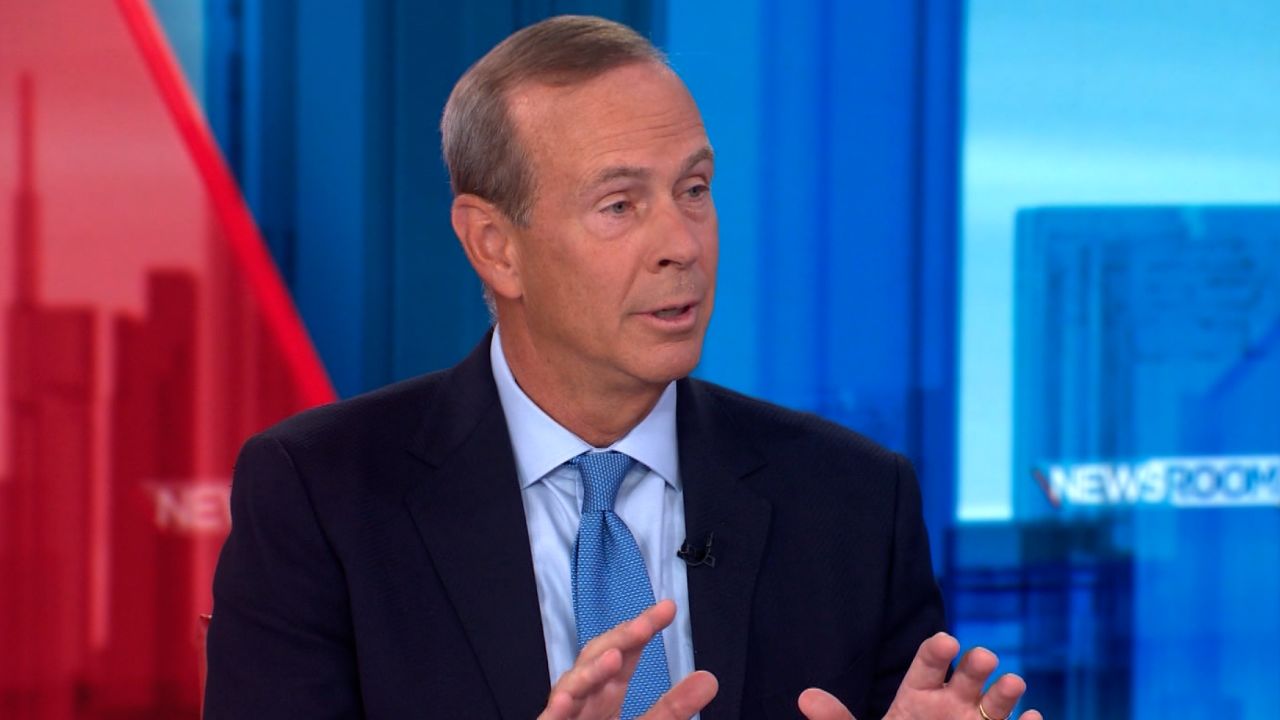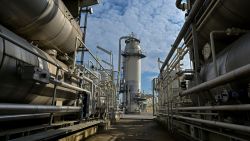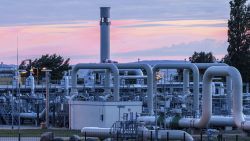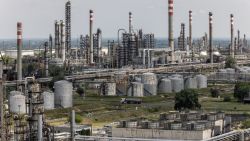Editor’s Note: Henning Gloystein is a director of Energy, Climate and Resources at Eurasia Group, based in London. The opinions expressed in this commentary are his own.

Energy shortages and price spikes are roiling markets around the globe. The situation looks especially dire in Europe, which is facing industrial shutdowns, and in China, where there have already been blackouts.
If winter heating demand spikes, the crisis is only going to get worse. There will likely be more disruptions, in which governments will prioritize households over industry. This means they will order energy-intensive businesses to reduce output or even temporarily shut down to save energy for homes. The economic damage will be significant, as will the potential for political backlash.
This continued risk of supply disruptions and high prices for fossil fuels — which drive up electricity costs — are a signal to countries that it’s time to invest in clean and domestic energy resources. Politicians from Beijing to Brussels are aware of this. As a result, the current gas and coal supply crisis will accelerate, not slow, the green energy transition.
That’s not to say, however, that the gas industry has no role to play, or that renewables are without problems. It will take years, perhaps decades, until renewable power capacity can be fully backed by storage solutions like clean hydrogen. Until then, gas is a better partner to the planet than coal-fired power stations.
Phasing out coal
Coal meets just over a quarter of the world’s primary energy demand but is responsible for nearly 40% of global carbon dioxide emissions. The share of natural gas is only slightly smaller than coal’s, at about 23%, but the industry only emits about half the CO2 emissions of the coal sector. Gas is a relatively low-polluting and reliable energy source that can support renewables during the clean energy transition.
In China, the government has launched an ambitious program to switch household heating from coal to gas to reduce pollution. The UK has been one of the most successful major economies in switching to gas and phasing out coal, reducing its share from about 40% of electricity generation about a decade ago to almost zero today.
Both policies are laudable for reducing pollution and greenhouse gas emissions. The problem is that the gas and renewable industries struggle to fill the supply gap left by coal that has been phased out of power systems. Most industrialised countries have similar plans to phase out coal, and many governments plan to use more natural gas in the coming years. The problem for governments to solve will therefore be how to act on climate change while ensuring affordable and reliable energy access.
Investing in renewables
In the short term, any country or region wanting to engage in a green transition must diversify natural gas supply and expand storage capabilities. This can be done by developing a mix of pipeline gas and shipped liquid natural gas imports, or by signing long-term import deals with a large and diverse group of suppliers around the world to protect the importer from disruptions. Longer term, the investment focus must be on zero emissions technologies, like solar and wind backed up by clean hydrogen, large-scale batteries to store electricity generated from renewables, pumped hydro-storage facilities and new nuclear power reactors. All of these technologies already exist.
Other technologies include steel made with clean hydrogen, which replaces coal to fuel furnaces; synthetic fuels not made of petroleum, but from hydrogen or biomass like wood pellets, waste paper or agricultural waste; and technology to capture emissions before they reach the atmosphere, known as carbon capture and storage (CCS), which would allow fossil fuels to continue operating since their greenhouse gases would be prevented from entering the atmosphere.
Despite a sense of climate urgency, there is some time get to zero emissions. Even the more ambitious policies to reach zero greenhouse gas emissions target 2050.
But until these technologies are affordable and available at scale, governments must ensure they don’t neglect the remaining need for fossil fuels — especially natural gas.

























